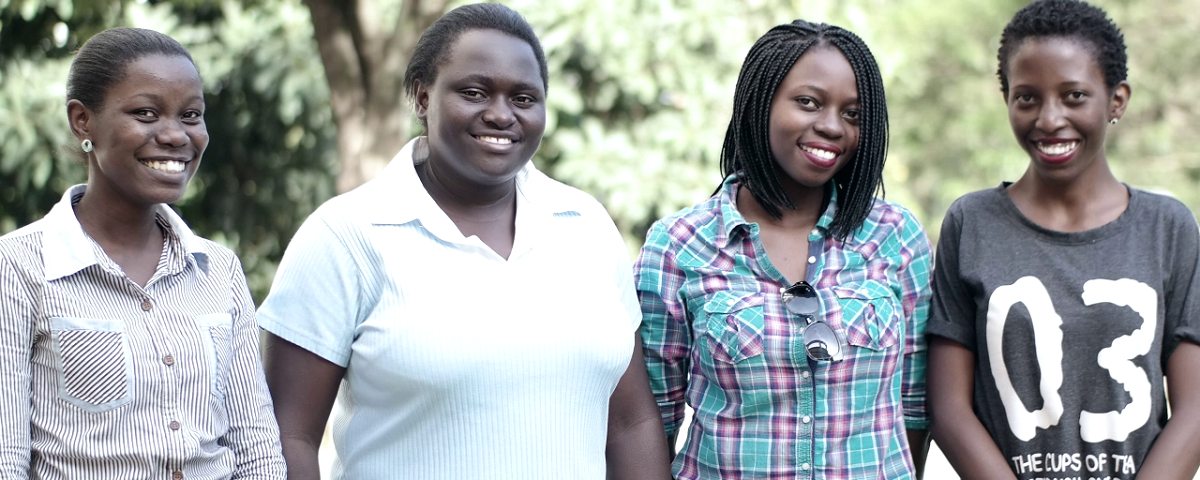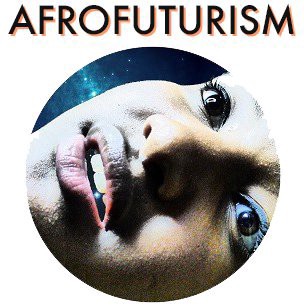
The number of tech hubs and startups throughout the African continent is growing so rapidly these days that it’s almost impossible to keep up. From Kenya to Nigeria, Ethiopia to South Africa, and Egypt to Tanzania, inventive young people are using technology to tackle local issues.
Take, for example, HerHealth Uganda. It’s a startup founded by a team of five women–marketer Nanyombi Margaret Pearl, programmer Ndagire Esther, researcher Nairuba Pauline, graphic designer Namanda Jackline, and hardware expert Mendoza Bridget–who call themselves the “code gurus.” Together, they’ve invented the BVKit, a simple tool that allows women to self-test for bacterial vaginosis (BV). BV is a type of vaginal inflammation resulting from the overgrowth of one of a few types of bacteria normally found in the vagina that can increase the risk of contracting STIs such as HIV and which appears to play a role in cases of cervical cancer.
Many (maybe most) women will get BV at least once in their lives; in developed countries, treating it is as simple as popping a pill. But in some developing nations, even the easiest antidotes are out of reach. At-risk communities in Uganda see BV affecting more than half of all women, but a stigma around sexual health issues, compounded by the lack of access to care, makes the situation worse than it should be.
The BVKit is designed for ease of use and to encourage women to keep on top of their health before BV causes serious issues: All the test requires is that a woman urinate into a cup and dip a sensor into the fluid. The sensor then communicates with a smartphone app via Bluetooth and works out if there’s an issue. It even lists nearby doctors if it does detect something, and, perhaps best of all, it’s reusable.
I caught up with Nanyombi Pearl to find out more about HerHealth Uganda’s work and future plans.

Florence Okoye: How did you get the idea?
Nanyombi Margaret Pearl: We began by brainstorming ideas concerning women and their reproductive health. At first we wanted to do something concerning cervical cancer–at around that time a mutual friend lost her mum to cervical cancer. Through initial research at local hospitals, we learned that bacterial vaginosis (if not treated) makes its patients susceptible to cervical cancer, but unfortunately not many women know about it. Worse, many women are shy to talk about issues concerning their reproductive health. That’s when we realized that something so preventable could be tackled with a technological solution. Hence, the BVKit was born.
FO: How did you assemble the team?
NMP: Everyone on the team contributed greatly towards the birth and creation of the BVKit. We’re now a team of five, but originally we were a team of three. The team is still growing–I believe the bigger the team, the better the ideas and the sooner the BVKit will be on the market. We’ve created the software and are still improving the hardware prototype.
FO: How did the product design evolve from your initial ideas?
NMP: Well, the product design evolved from the urge to develop a cervical cancer self-test; then we settled for the BVKit. The software is currently available for the Windows platform, but there’s still work to be done on the Android version. Parallel to that, we are still in the process of improving the hardware (our target is at least a 95-percent accuracy read), then we can roll out.
FO: How has the product scope evolved?
NMP: Firstly, out hope is that if we get enough funding, we plan to put up kiosks where women who can’t afford smartphones and the hardware can go for awareness and free testing for bacterial vaginosis. We’re not just targeting women from rural areas but women around the world. That’s why we hope to partner with NGOs to help reach potential users–particularly women between the ages of 14 and 55–around the world.
FO: What were the main challenges in creating the BVKit? What are the biggest challenges you face now?
NMP: One of the major challenges (not only for the BVKit but also many other brilliant ideas) is funding. The fact is, we need funds to get the BVKit from the prototype stage to a user-friendly product.
FO: What sort of products could you see a potential use for? What are the key issues in healthcare that could be solved with technology?
NMP: In my opinion, one of the key issues in health is stigmatization. This makes people afraid to come out about the issues concerning their health. With the existing technology and smartphone affordance, if the health solutions are made available to individuals on their personal devices that they interact with on a daily basis, I believe healthcare will be greatly improved.
FO: Throughout Africa, we’re seeing more tech hubs grow (e.g., the Co Creative Hub in Nigeria, Outbox Hub in Kampala). What’s the tech scene like near where you live?
NMP: I believe the tech scene in Kampala is still growing and has a lot of potential, though it’s under-facilitated–it can be difficult to reach out to fellow innovators and investors. I think if the government could participate in supporting these tech hubs, we would be in a better place than we are right now.
FO: So would you say there’s not enough governmental support?
NMP: Certainly for us, there’s been no governmental support so far. The BVKIt is a wholly independent effort and we haven’t received any support from anyone else other than the doctors who helped out with the medical research and the Novariss team who hosted our app site.
FO: Would you say that young people in Uganda are interested in technology?
NMP: People are interested in tech, but unfortunately not many are tech-literate. Ugandan education doesn’t provide much exposure to tech skills. I think the situation can be improved if tech is introduced in junior school at an early stage.
FO: So true. We’re seeing a lot more of that in the United Kingdom and the United States, too. I think governments are beginning to wake up to the fact that coding and tech skills are crucial in this day and age. Do you know of any other young makers like yourselves?
NMP: Yes, there are many in the ecosystem, like Afrigal Tech, Breast IT, WinSenga, and Matibabu.
FO: What do you think is in store for the future of healthcare technology in Uganda?
NMP: Healthcare in Uganda is improving and becoming more widespread. The great thing about technology is when it’s used to target real-life situations, and there’s a lot of technology coming up that allows us to do that.
FO: What does the future hold for you and the BVKit?
NMP: In 15 years we hope to have reached as many women worldwide as possible. We’re targeting nonprofit organizations like Reproductive Health Uganda to help take the product to rural and semi-urban medical facilities and clinics to offer free testing to all women in the respective communities. The NGOs can also opt to offer testing to different women in the community on their own.
We are also hoping to reach out to health workers [in] both private and government-funded clinics and hospitals that can afford to purchase the hardware and install the software. They should then be able to offer free medical checkups to the women in the community.
You can follow Nanyombi Pearl and her colleagues on Twitter @herhealthUG or on Facebook at HerHealthUganda.

How We Get To Next was a magazine that explored the future of science, technology, and culture from 2014 to 2019. This article is part of our collection of conversations about Afrofuturism, curated and edited by Florence Okoye of Afrofutures UK. Click the logo to read more.

